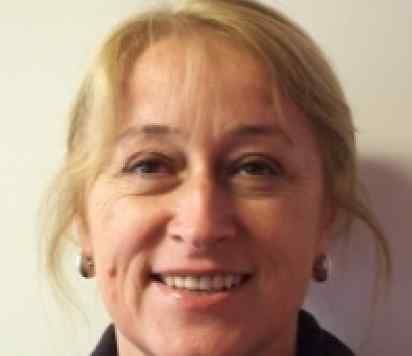Ultra Low-power Electronics Research
The group has a key focus on ultra low-power analogue and mixed-signal circuit and system design for a number of high-performance and/or resource-constrained devices, particularly for biomedical applications. This involves the design of very low-power microchips with analogue front-ends for signal acquisition and low-complexity intelligent algorithms for automatic detection of events from these signals. Here, key requirements are low-power, low-noise, low-area, high-precision and high-reliability operation, from front-end circuits (i.e. sensor interfacing/instrumentation, amplification, conditioning and data conversion) to back-end processing and communication (both wired and wireless).
Biomedical and Bio-inspired Applications
Biomedical applications include a multitude of wearable, implantable and point-of-care medical devices for diagnostics, monitoring and therapy. Examples include:
- Wearable: artificial pancreas for type-1 diabetes, wearable intelligent vital sign monitoring, chronic respiratory conditions and neurological disorders such as sleep apnoea and epilepsy.
- Implantable: neural interfaces for motor rehabilitation (e.g. brain-machine interfaces for amputees, spinal cord injury), optogenetics, closed-loop neural prostheses for epilepsy.
- Point-of-care: handheld/lab-on-chip technologies for DNA detection and sequencing, lifestyle monitoring, breath analysis for cancer detection, diagnostics for infectious diseases.
Bio-inspired, biomimetic, neuromorphic applications aim to develop electronic systems that exploit the many highly desirable properties of biological systems. These include energy-efficiency, adaptivity, resilience to ill-conditioned data, distributed processing organisation, redundancy and robustness to component failure. Examples include bio-inspired sensing and signal processing based on based on enzymatic cascades (e.g. G protein-coupled cascade and the process of phototransduction) and retinomorphic vision systems (e.g. dynamic vision sensors).
See also the Centre for Bio-inspired Technology (part of the Circuits and Systems research group).
Apply for PhD study
We are always looking for talented PhD applicants. It is not strictly necessary to contact a potential supervisor before making your application, but you may wish to do so in order to informally discuss research topics.

